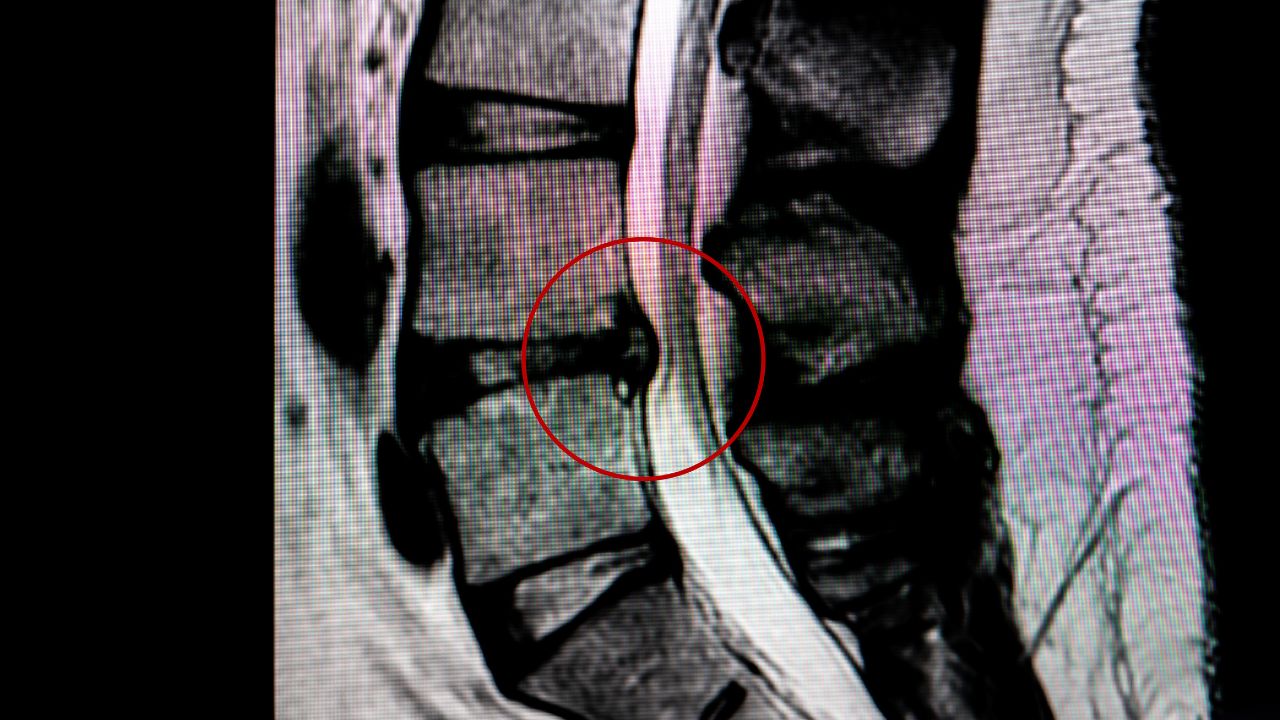Back pain is a common ailment that many of us have experienced at some point in our lives. One specific type of back pain, known as discogenic low back pain (LBP), is characterized by pain originating from the intervertebral discs (IVDs) in the spine. Despite extensive research, the exact causes of discogenic LBP have remained elusive. However, a recent study conducted by Seiji Ohtori and his colleagues sheds new light on the underlying mechanisms of this condition.
Animal Models and Discogenic LBP:
Through the use of animal models, researchers have made significant discoveries regarding discogenic LBP. They have found that sensory nerves grow into the inner layer of the lumbar IVDs, and this nerve ingrowth is induced by certain inflammatory substances called cytokines.
These cytokines, such as tumor necrosis factor-α and interleukins, stimulate the ingrowth of sensory nerves into the discs. Moreover, nerve growth factor has been identified as a key player in inducing this nerve ingrowth. Animal models have also revealed that disc degeneration triggers the production of collagenases, enzymes that break down collagen, leading to hypermobility and pain.

Sinuvertebral Nerves
Unveiling Human Discogenic LBP
Further insights into the mechanisms of discogenic LBP have been gleaned from the examination of degenerated human IVD specimens. These specimens have revealed sensory innervation and nerve ingrowth, similar to what has been observed in animal models. The presence of cytokines in human discs suggests a shared mechanism with animal models.
This indicates that the findings from animal studies can be applied to human patients as well. In addition to sensory innervation and cytokine involvement, sensitization of sensory nerve fibers innervating the IVDs is a crucial factor in discogenic LBP. When these nerve fibers become sensitized, they become more responsive to pain stimuli, leading to heightened pain perception.
Psychosocial factors also play a role in the perception and experience of pain associated with discogenic LBP. Factors such as stress, anxiety, depression, and social support can influence an individual’s pain experience. Understanding the interplay between these psychosocial factors and the physiological aspects of discogenic LBP is important in developing comprehensive treatment approaches.
Tackling Discogenic LBP: Treatment Approaches
Understanding the underlying pathomechanisms of discogenic LBP opens up avenues for potential treatment strategies. To effectively manage this condition, it is crucial to prevent sensitization of sensory nerve fibers within the IVDs. This can be achieved through targeted interventions that aim to suppress the pathogenic increases of cytokines. By reducing the levels of pro-inflammatory cytokines, such as tumor necrosis factor-α and interleukins, the ingrowth of sensory nerves into the discs can be controlled, thereby reducing pain.
In addition to cytokine regulation, addressing disc hypermobility is an essential aspect of treating discogenic LBP. Hypermobile discs can magnify pain and further damage the disc structure. Treatment options such as physical therapy and specific exercises can help stabilize the spine, reduce hypermobility, and alleviate pain. Other interventions, such as spinal manipulative therapy and epidural steroid injections, may also be considered in certain cases to manage pain and promote healing.
Conclusion:
Discogenic low back pain is a complex condition with multiple underlying mechanisms. The research conducted by Seiji Ohtori and his colleagues has provided valuable insights into the pathomechanisms of this condition, highlighting the role of sensory nerve ingrowth, cytokines, and disc hypermobility. By understanding these mechanisms, health professionals can develop more targeted treatment approaches to help patients suffering from discogenic LBP.
One innovative product that aids in the understanding and communication of discogenic LBP is the Professional LxH Dynamic Disc Model by Dynamic Disc Designs. This model accurately represents the structure and function of the intervertebral discs, allowing health professionals to visually demonstrate the impact of disc degeneration, nerve ingrowth, and hypermobility to their patients. By using this model during patient consultations, health professionals can help individuals better comprehend the nature of their condition and the rationale behind the recommended treatment approaches.
Check out MMT's Exclusive Blue Nucleus model!
- NEW - Online Discussion Group
- Live cases
- webinars
- lecture
- Live Q&A
- over 600 videos - hundreds of techniques and more!
- Check out MMT Insiders








.png)










Post a Comment
Post a Comment